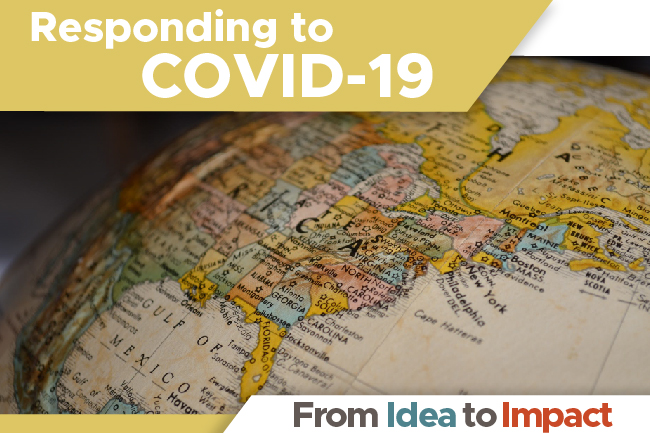A Quick Guide to Great Direct Giving Options

In response to the coronavirus pandemic, the Arabella Advisors team has fielded multiple requests from philanthropists seeking to use direct giving and unconditional cash transfers to help those most affected. Donors can “give directly” in various ways, including via national and place-based nonprofit intermediaries who facilitate cash transfers, through grassroots crowdfunding campaigns, or by going straight to individuals. Such giving can have tremendous power and impact, especially in a time of crisis. What’s more, direct cash transfers can be a powerful tool in addressing the power imbalance between funders and communities, because they place resources directly in the hands of those who need them, trusting recipients to know how best to spend the money.
Over the past several weeks, one of our clients has sought the best options for giving up to $10 million to individuals and families via trusted community organizers. As part of the process, the client asked Arabella to research the best ways to quickly facilitate direct giving to those most affected by the coronavirus pandemic.
Getting no-strings-attached cash to people may sound straightforward enough. But how do you get money to the roughly 8.4 million US households without a bank account?[1] What about the 10.5 million undocumented immigrants, who don’t have a social security number, likely don’t have a government-issued ID, and are excluded from receiving federal government stimulus checks? What about those without a smartphone or access to the internet? What about others who are physically unable to access a local bank branch or money transfer agent because of disability, lack of transportation, or health safety concerns?
With all of these considerations in mind, the Arabella team mapped out the advantages and trade-offs within the universe of disbursement options, from physically delivering cash to transfers via Venmo. We researched associated fees and timeliness, and also considered the ability to convert to cash for those who may have specific financial needs (e.g., it’s difficult to pay rent with a gift card). Our research culminated in the one-page if/then flowcharts found here in English and here in Spanish, designed to help guide our client’s community organizers in discerning the best disbursement option based on each individual recipient’s circumstances.
Notably, the mechanics of transferring cash are not the only important consideration when assessing these options. Another important issue to consider is the impact of a financial gift on a recipient’s ability to receive Medicaid or other public assistance, which varies by state and program. Nonetheless, by sharing the tool we created (with our client’s gracious permission), we hope to help other donors understand some of the considerations related to getting relief funds quickly, equitably, and directly to those most in need—with a focus on reaching those who are most vulnerable and marginalized. With that in mind, please see the flowchart below. And please let us know if you would like to learn more about direct giving options.
[1] Federal Deposit Insurance Corporation, “2017 FDIC National Survey of Unbanked and Underbanked Households”, October 2018, https://www.fdic.gov/householdsurvey/2017/2017execsumm.pdf
